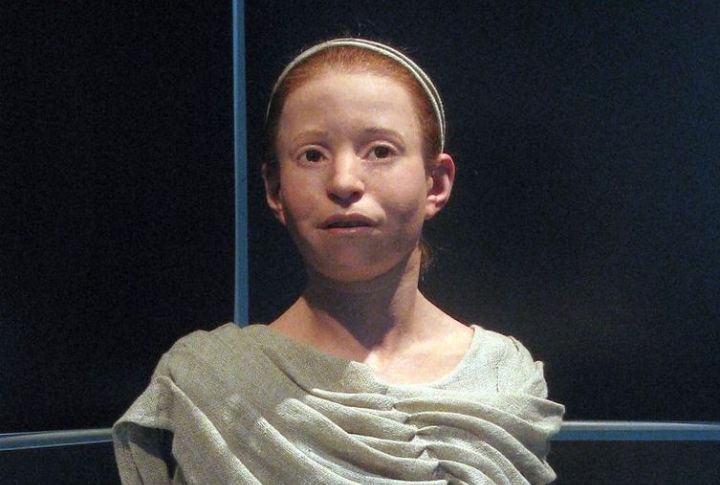
Facial reconstruction offers a powerful way to connect with the distant past. It turns ancient remains into vivid, relatable human stories. Through a blend of forensic science, archeology, and artistry, experts can recreate the faces of people who lived thousands—or even tens of thousands—of years ago. Here are 20 remarkable facial reconstructions that breathe life into history’s long-forgotten chapters.
Neanderthal Man (La Chapelle-Aux-Saints, France)
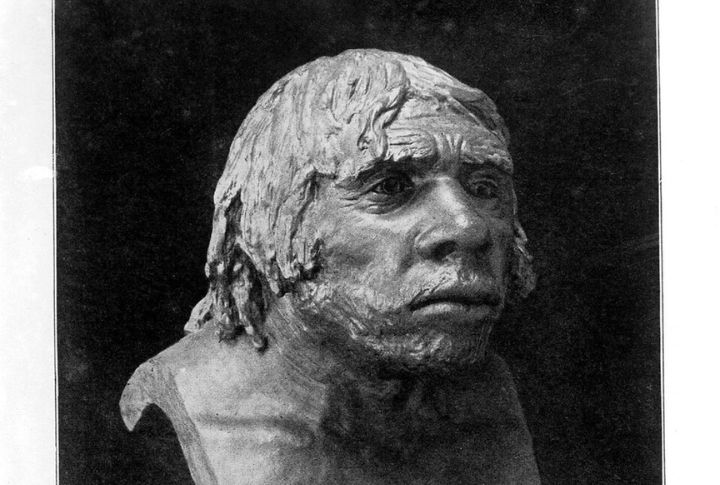
This reconstruction, based on a nearly complete Neanderthal skeleton found in France, portrays a powerfully built male with a low forehead, heavy brow ridges, and a projecting midface. His wide nose and strong jaw reflect adaptations to Ice Age Europe, allowing him to breathe cold, dry air efficiently.
Homo sapiens (Cro-Magnon 1, France)
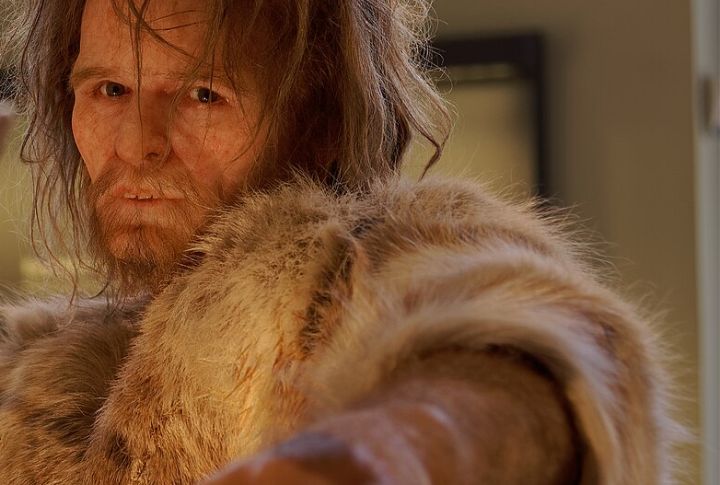
Cro-Magnon 1, discovered in 1868, represents one of the earliest anatomically modern humans in Europe. The reconstructed face reveals a broad forehead and sharply defined cheekbones. Unlike Neanderthals, his features are fine and symmetrical, with a noticeable chin and smaller brow ridges. These traits are consistent with improved social structures seen in Upper Paleolithic humans.
Homo habilis (Koobi Fora, Kenya)

Homo habilis, an early member of the genus Homo, blends primitive and humanlike traits. Their flat face features a broad nose and recessed jaw, and their cranial vault is low, with a pronounced brow. Forensic modeling based on Koobi Fora remains gives the appearance of a small, stocky hominin with apelike proportions.
Homo erectus (Turkana Boy, Kenya)
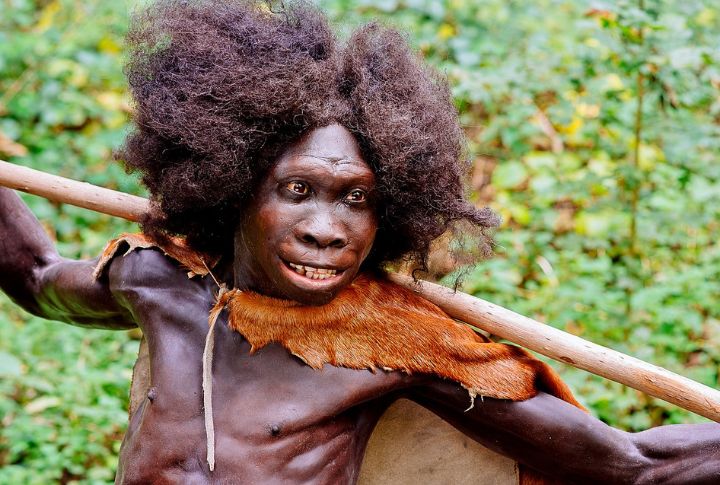
The Turkana Boy, a juvenile Homo erectus, provides a nearly complete skeleton to reconstruct the species’ facial features. The result shows a long, flat face with angular cheekbones, a thick brow ridge, and an outward-projecting jaw. His skull’s large brow and low forehead suggest strength and endurance rather than cognitive complexity.
The Denisovan Girl (Siberia, Denisova Cave)
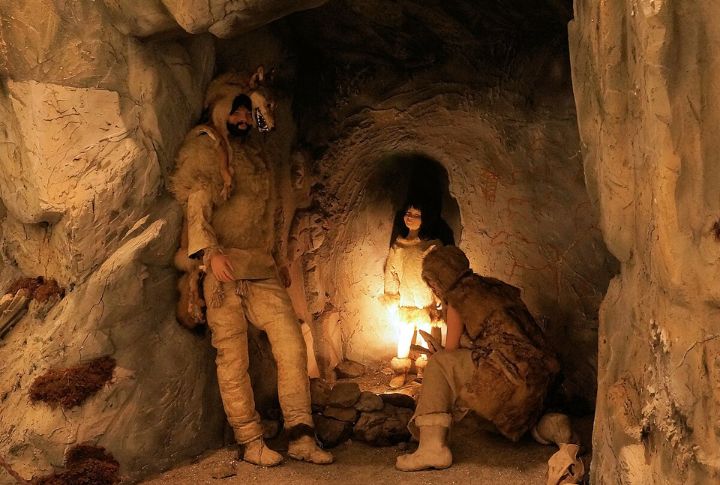
Though only a finger bone and a few teeth were found, advanced DNA modeling enabled scientists to approximate this girl’s facial structure. The result is a broad-faced adolescent with somewhat flattened facial features, distinct from Neanderthals and modern humans. Researchers from the Hebrew University of Jerusalem used epigenetic markers to reconstruct the skull.
The Ancient Greek Girl (Myrtis, Athens, Greece)
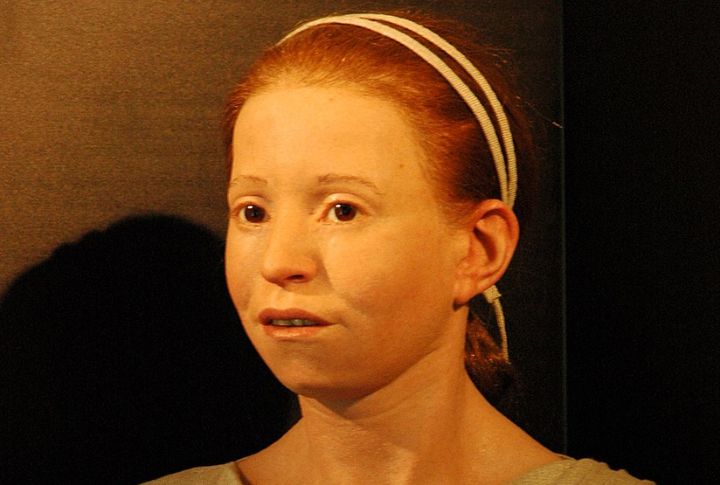
Myrtis was an 11-year-old girl who passed on during the Plague of Athens around 430 BCE. Her skull was preserved well enough for a precise facial reconstruction. Her face is youthful and symmetrical, with large, almond-shaped eyes. The forensic team recreated her skull and soft tissue using digital scanning and 3D printing.
Otzi the Iceman (Otztal Alps, Italy/Austria Border)
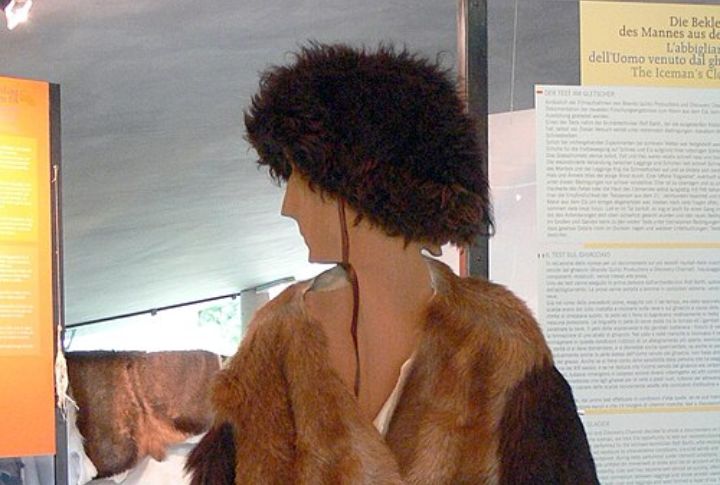
CT scans and forensic tissue modeling helped sculpt Otzi’s facial muscles, while his beard and tattoos were added based on microscopic and genomic evidence. DNA results suggest he had brown eyes and a predisposition to heart disease. His final moments—arrow wound and head trauma—contrast with his calm expression in the reconstruction.
The Egyptian Pharaoh Tutankhamun (Valley Of The Kings, Egypt)
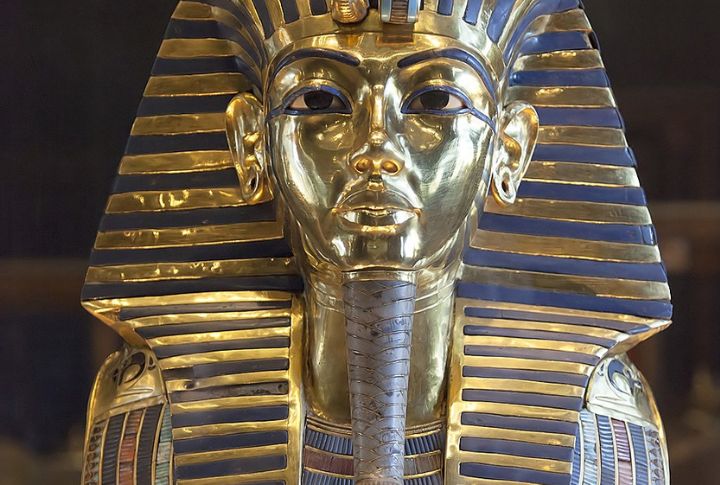
The iconic boy king’s face was reconstructed using CT scans of his mummified body, revealing a fragile appearance. Tutankhamun had a slightly overbite-prone jaw and elongated facial features that reflected his family’s inbred lineage. Forensic modeling suggests he walked with a limp and may have suffered from epilepsy and bone disorders.
The Man From Cheddar Gorge (Somerset, England)
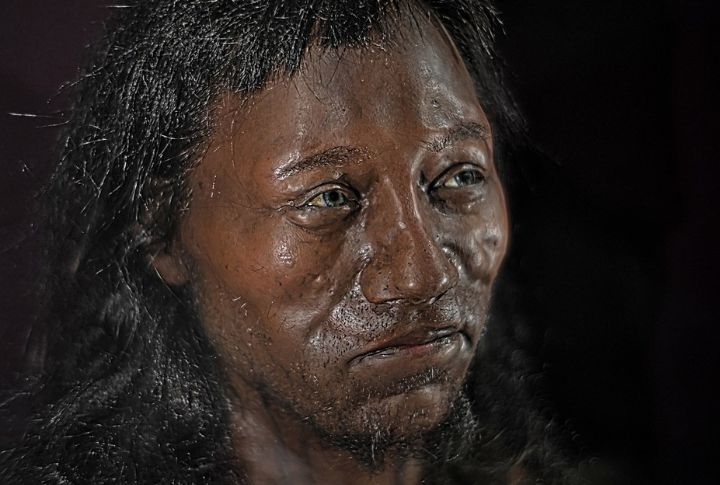
This Mesolithic individual lived around 10,000 years ago and was reconstructed using advanced 3D scanning and ancient DNA analysis. Nicknamed “Cheddar Man,” his genome revealed dark brown skin, curly black hair, and blue eyes. His people were hunter-gatherers, surviving in post-Ice Age Britain with stone tools and forest knowledge.
The Lady Of Cao (Moche Culture, Peru)

Peruvian forensic experts used CT scanning to preserve and visualize her skull before rendering soft tissue. The final image reveals dignity and intelligence, bridging time with quiet authority. Found in a richly adorned tomb dating back to 400 CE, the Lady of Cao was a high-ranking woman of the Moche civilization.

